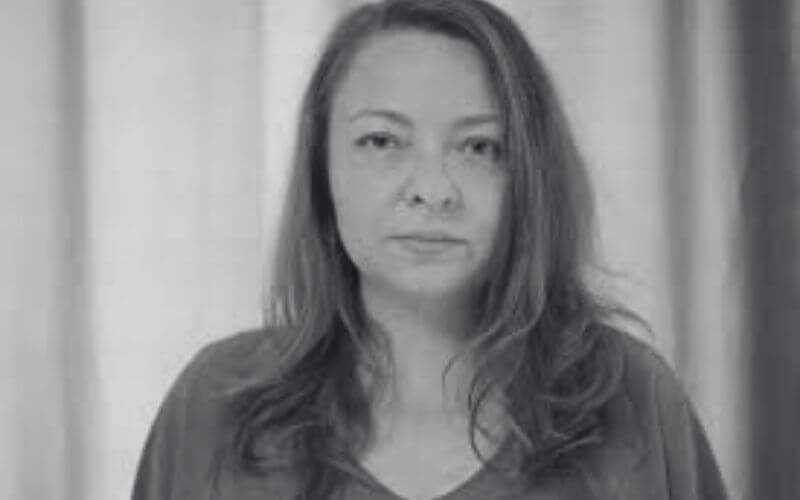Understanding the personal histories of individuals like Irina Răutu-Munteanu offers a glimpse into the tapestry of cinematic legacy in Romania. Primarily known through her familial connections, Irina is the daughter of Colea Răutu, a luminary in Romanian film, and Geta Enacovici. Unfortunately, not much is documented about Irina’s personal life, which leaves the canvas of her story largely untouched. This offers a unique opportunity for exploration and discovery, allowing us to appreciate the subtleties of her background while respecting her privacy.
Background of Colea Răutu
To appreciate Irina’s story, one must start with her father’s incredible journey. Colea Răutu, born Nikolai Rutkovski on November 18, 1912, in Balti, was a pioneering figure in Romanian cinema. His birthplace, now part of modern-day Moldova, was under the Russian Empire at the time, reflecting a region steeped in a mix of cultural and historical influences.
Răutu’s early life paved the way for his eventual emergence as a cornerstone in Romanian theater and film, with his contributions leaving an indelible mark on the industry for decades.
Colea Răutu’s Career Highlights
Colea Răutu’s career spanned nearly four decades, from 1955 until 1993—a period during which Romanian cinema underwent significant transformations. Răutu became a household name, contributing to over fifty films and TV series, establishing himself through powerful performances in “Neamul Șoimărestilor” (1965), “Haiducii lui Șaptecai” (1971), and “Nemuritorii” (1974). These roles not only defined his artistic legacy but also influenced generations of actors and filmmakers. His cultural impact is still recognized today, serving as a testament to his diverse talent and dedication to the craft.
Family Connections
The personal life of Colea Răutu was closely intertwined with that of Geta Enacovici, his supportive wife. Together, they formed a familial unit that, although private, contributed to the backdrop of Răutu’s illustrious career.
Geta’s role was pivotal within the family, offering stability and continuity. The Răutu family has maintained a modest public presence, emphasizing the value they placed on family and personal relationships over public notoriety.
Searching for More About Irina Răutu-Munteanu
Currently, there are significant limitations in biographical data available about Irina Răutu-Munteanu. Existing references, such as those found on MyHeritage, briefly acknowledge her as Colea Răutu’s daughter without providing deeper insights into her life or career.
To uncover more details, one would need to consider alternative research avenues like personal archives, Romanian cinematic histories, or oral anecdotes from those familiar with the Răutu family. Exploring such varied sources might provide more texture to Irina’s story, offering a more complete picture of her identity.
Importance of Family Legacy
The impact of Colea Răutu’s life’s work continues to reverberate through Romanian cultural history. His contributions not only shaped the cinematic landscape but also set a precedent for future generations. Recognizing the significance of documenting family histories allows for a deeper appreciation of these legacies.
As families pass down unique stories and values, it underscores the importance of preserving such narratives for posterity. Irina’s life, tied with Răutu’s indelible mark on Romanian culture, becomes a chapter worth exploring in this ongoing legacy.
Conclusion
While what is known about Irina Răutu-Munteanu remains limited, the facts at hand form a framework for potential discovery. She is undeniably connected to a significant cultural lineage through her father’s legacy.
Readers interested in history are encouraged to delve deeper, exploring how these familial threads weave into the broader cultural fabric. By doing so, we not only honor individuals like Irina but also celebrate the interconnectedness of personal and cultural narratives.
Call to Action
If you possess additional insights or information about Irina Răutu-Munteanu, consider sharing them to help fill the gaps in her story. Moreover, reflect on the importance of preserving cultural legacies, recognizing that every individual’s story contributes to a wider historical context.
For further exploration into historical figures and cultural documentation, visit resources like this source for broader insights and narratives. Each piece of shared history enriches our understanding of the past and helps maintain the vibrant legacy families like the Răutus have established over time.


